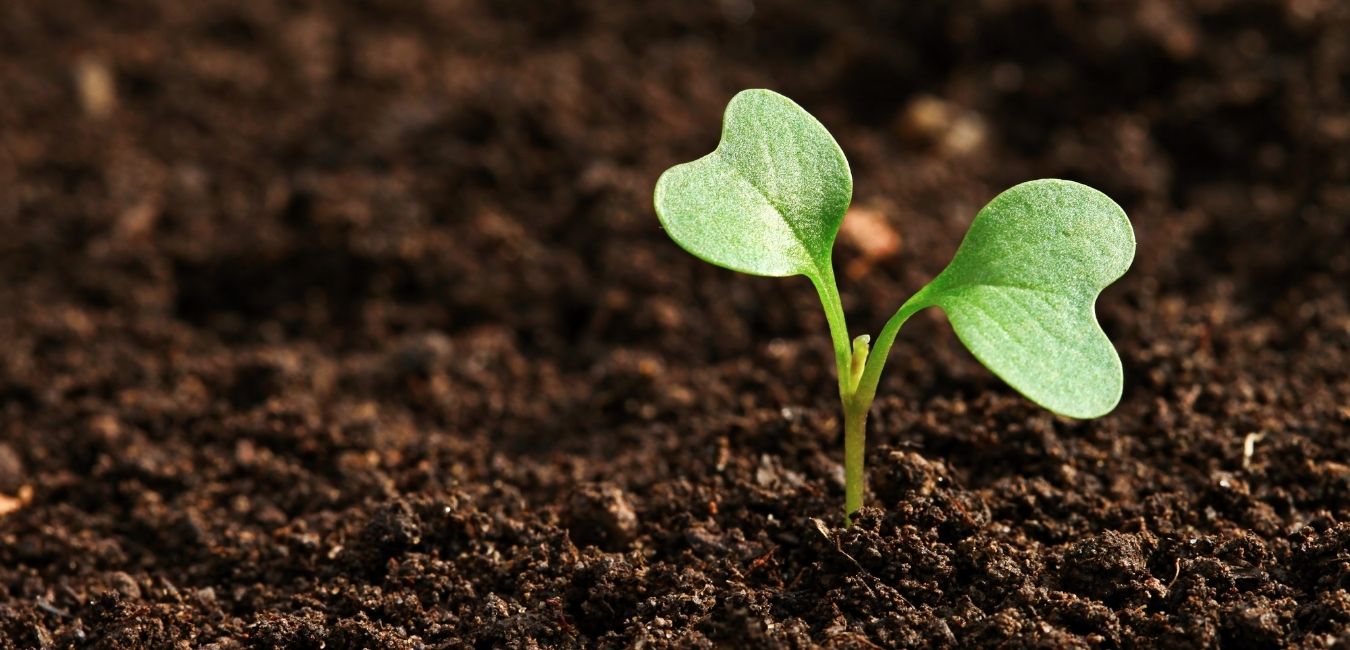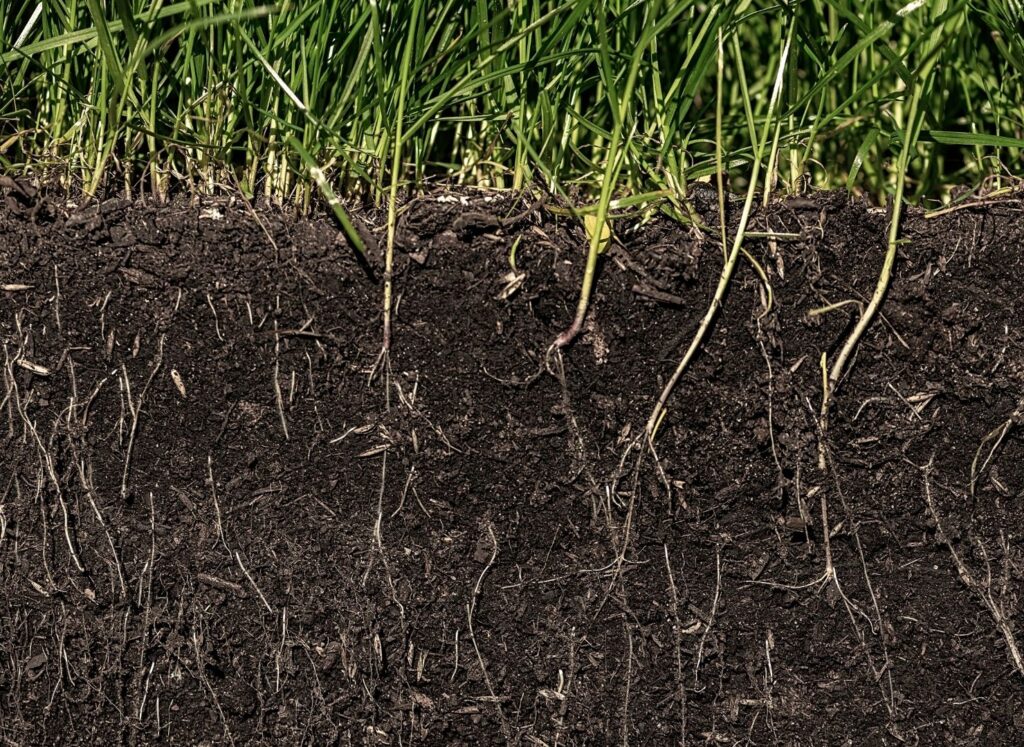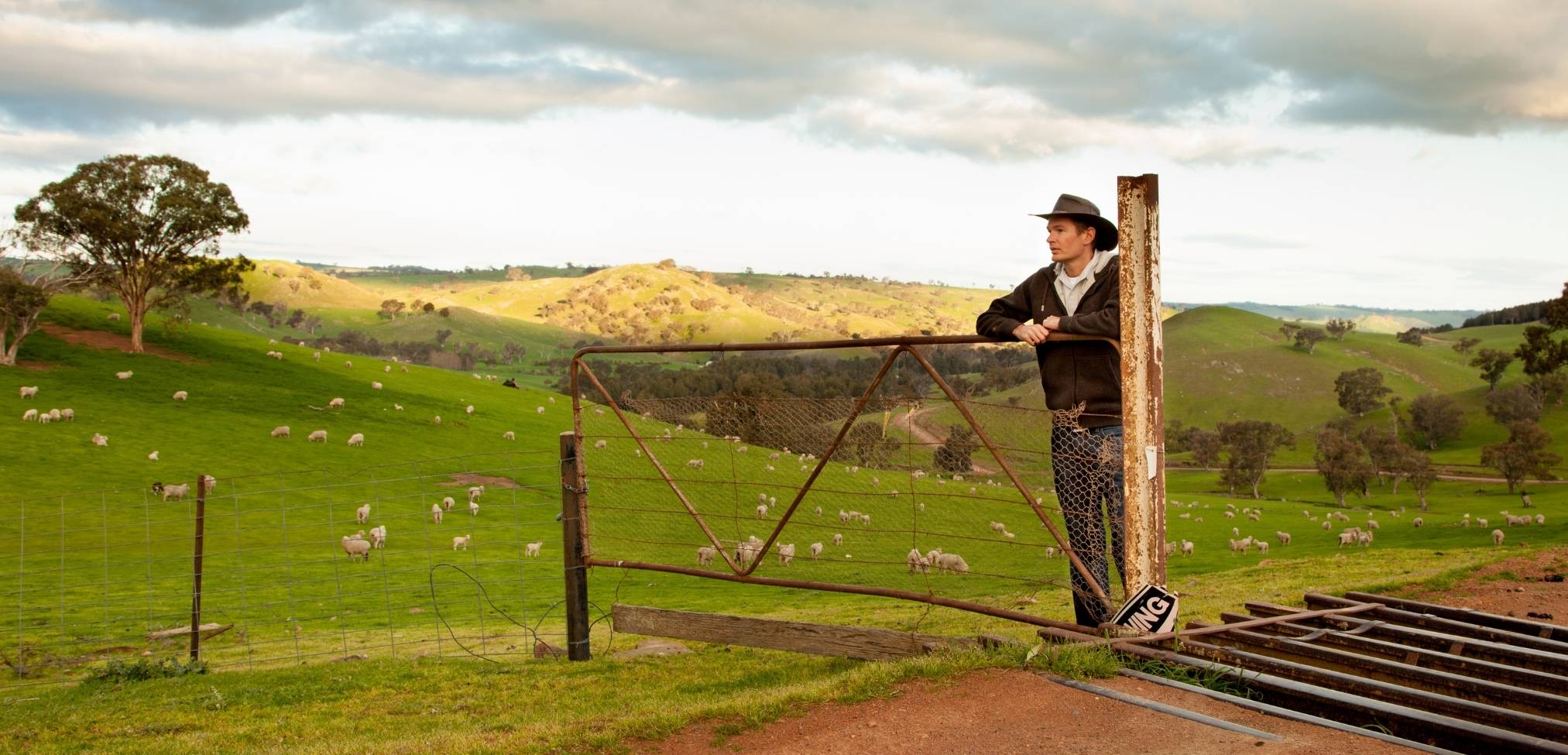
The Progressive Digestion Process
The Progressive Digestion Process is an ideal bridge between the always growing, nutrient dense mountains of organic waste generated by the food industry, and the organically depleted arable land that must have organic content in order to continue producing food for the world’s growing population.
How Did It Start?
The invention of the Haber-Bosch process for production of ammonia in WW1 enabled affordable production of nitrogen-based fertilizers and has changed the way we grow food on Earth. Although nitrogen is the most sought-after nutrient for successful plant growth, the excessive use of nitrogen-based fertilizers in agriculture has contributed to the contamination of our waterways adversely affecting marine life habitats and our drinking water. The excess nutrients in the lakes, rivers and oceans of the world has led to the massive algal blooms that starve water of oxygen making it inhospitable to oxygen breathing marine life creating the so called “dead zones”.


Why Does It Matter?
Soils that contain organic matter and high microbial activity retain more nutrients and water compared to the soils with minimal organic matter. Our research shows that AgroThrive can replace up to 30% of nitrogen fertilizer by volume substitution and either retain or improve the yields. In addition, the resulting increase in microbial activity in soil temporarily sequesters the chemical nutrients in the form of microbial biomass only to release them later for the plants to absorb. While the chemical fertilizers have contributed to the depletion of soil organic matter and microbial life for decades, AgroThrive improves soil organic matter, support the plant’s beneficial microbial communities, and soil ecology. With the absence of excess nutrients in our waterways, dead zones in the oceans and lakes would be repopulated and eventually eliminated altogether.

Looking Toward The Future!
PDP has the ability to end all greenhouse gas emissions emitted from landfilled food waste. Food waste is among the top three contributors of greenhouse gas emissions across the world. This isn’t just the food waste we scrape off the plate into the garbage can after a big meal, but rather the 40-60% of the inedible waste that comes from animals raised for human consumption. While materials such as vegetables and starches can be easily composted, it can take months, if not years, for an animal carcass to decompose naturally. Technologies such as rendering can repurpose some parts of the animal by separating fats, proteins, and other usable components, but this method is time consuming, energy intensive, and still creates waste, while PDP is fast, it is energy efficient, and it generates no waste. In addition, PDP generates biological heat that eliminates pathogens to make the resulting fertilizers ‘food safe’, and the small amount of energy used to run the PDP equipment is generated by solar panels.
